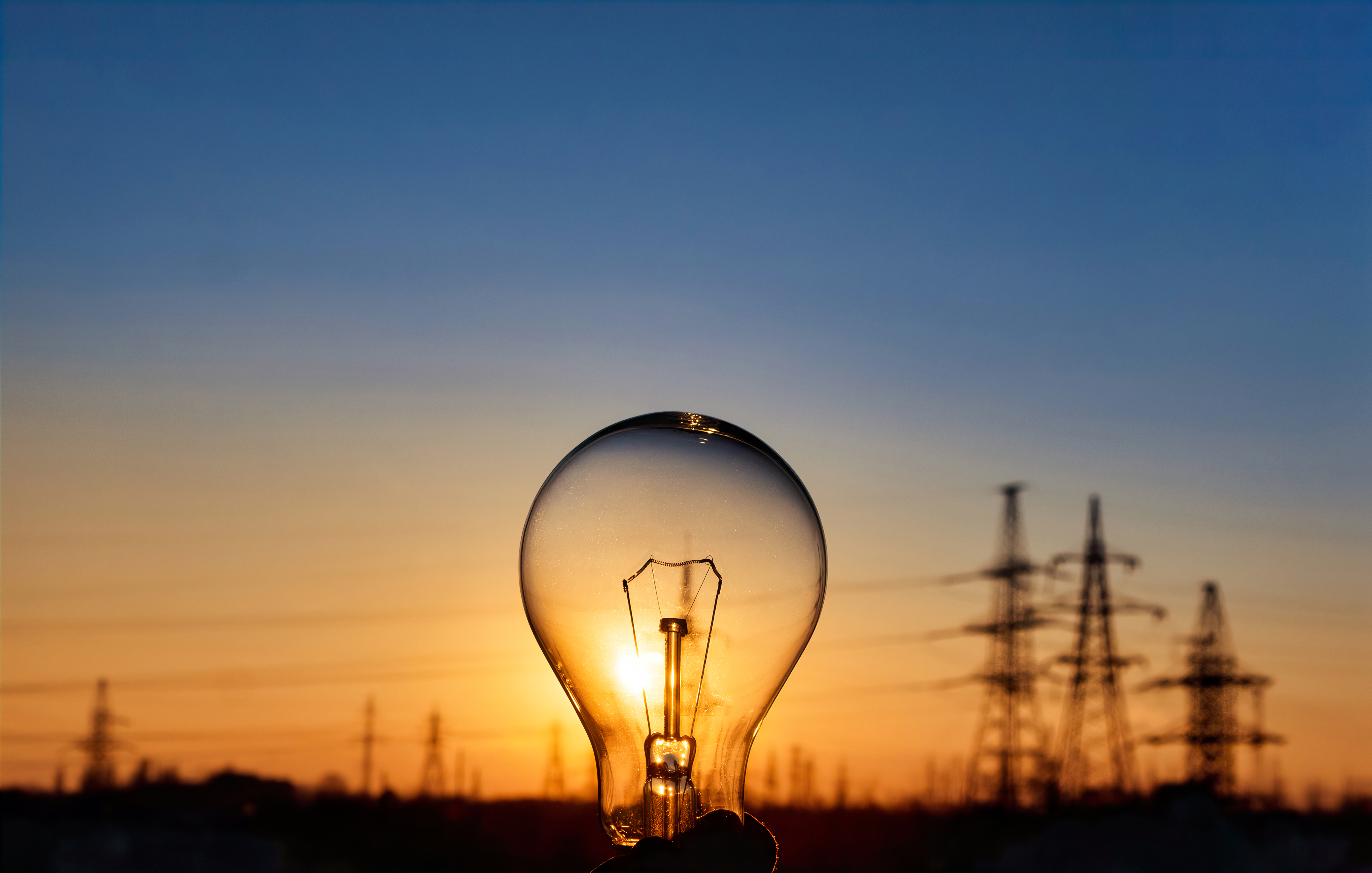
On 3 March 2025, the Vietnamese Government enacted Decree No. 57/2025/ND-CP (“Decree 57”) to replace Decree No. 80/2024/ND-CP (“Decree 80”), which takes effect on the same date. This new decree refines the regulatory framework for direct power purchase mechanisms (the “DPPM”) between renewable energy generation units and large power consumers while aligning with the Law on Electricity No. 61/2024/QH15 (the “2024 Electricity Law”) and addressing practical challenges. Decree 57 maintains two purchase mechanisms: (i) through the private grid connection, and (ii) through the national grid. The key changes under Decree 57 are summarized below.
Changes to Two Mechanisms
Revised Definition of Large Power Consumer
Under Decree 80, a large power consumer was determined based on either (i) regulations issued by the Minister of Industry and Trade (“MOIT”), depending on the development stage of the power system, or (ii) actual electricity consumption at the time of applying for the direct power purchase mechanism, equal or more than 200,000 kWh per month.
Decree 57 revises this definition by removing the specific consumption-based criterion. Accordingly, large power consumers are now identified solely based on high power capacity and electricity consumption as prescribed by the Minister of MOIT, in line with each development stage of the power system, rather than a fixed consumption threshold as previously stipulated in Decree 80.
Clear Conditions for Participation in DPPM at the Time of Application Submission
- For large power consumers who have been using electricity for 12 months or more: the total average electricity consumption over the last 12 months (based on the total electricity purchased from a Power Corporation (or an authorized unit, a delegated entity), an Electricity Company must not be lower than the consumption threshold for large power consumers as specified in the regulations on the operation of the competitive wholesale electricity market issued by MOIT (the “CWEM regulations”).
- For large power consumers with a usage duration of less than 12 months: the registered electricity quantity shall be based on the expected electricity consumption purchased from a Power Corporation (or an authorized unit, a delegated entity), an Electricity Company and must not be lower than the consumption threshold for large power consumers as specified in the CWEM regulations.
Clear Conditions for Defining an Ineligible Large Power Consumer
Decree 80 defines an ineligible large power consumer as one whose average electricity consumption over 12 consecutive months is less than 200,000 kWh per month, without specifying a review timeline. To address this, Decree 57 provides clearer criteria with two specific cases:
- For large power consumers participating for less than 12 months: They are allowed to continue participating in the DPPM in the following year; and
- For large power consumers participating for 12 months or more: A consumption review will be conducted in November each year. A large power consumer will be deemed ineligible to continue participating in the DPPM for the following year if its average electricity consumption from November of the previous year to October of the current year falls below the minimum consumption threshold for large power consumers as stipulated in the CWEM regulations.
Clear Requirements for Investors in Electricity Source Works
In addition to complying with the national power development plan under Decree 80, investors in electricity source works (e.g. renewable energy generation units) must also comply with:
- The power supply network development plan within the provincial planning framework;
- The implementation plan for the national power development plan;
- The implementation plan for provincial planning, including the power supply network development plan;
- The land use plan at the locality where the electricity source works is implemented; and
- Any adjustment decisions related to the aforementioned plans, if applicable.
Modification of Terms to Align with the 2024 Electricity Law
Decree 57 adds definitions for terms to ensure consistency with the 2024 Electricity Law, including: renewable energy generation units, private grid connection, surplus electricity output, rooftop solar power, etc. While Decree 80 broadly referenced Power Corporations, and other retail units, Decree 57 now explicitly mentions Power Corporations, Electricity Companies, and other retail units. This clarification helps delineate the roles and responsibilities of different entities in Vietnam’s electricity sector.
Addition of Transitional Provisions
For power purchase agreements signed before the effective date of Decree 57 and compliant with existing regulations, the parties shall continue to perform the signed agreements until their expiration or negotiate and agree on amendments in accordance with the provisions of Decree 57.
Changes to the Private Grid Connection Mechanism
Principle for Power Selling price
Compared to Decree 80, the power selling price between the renewable energy generation units and large power consumers remains subject to mutual negotiation between the parties. However, Decree 57 requires that the negotiated power selling price must not exceed the maximum price of the tariff framework for the corresponding power generation type.
Addition of Principles for Agreement on Surplus Electricity Sales
- For surplus rooftop solar power, renewable energy generation units can sell it to Vietnam Electricity (EVN), a Power Corporation, or an Electricity Company, but the amount must not exceed 20% of the actual electricity output. The selling price of surplus electricity is set at the average market electricity price of the previous year, as published by the electricity system and market operator, and must not exceed the maximum price in the tariff framework for ground-mounted solar power generation.
- In the case where a renewable energy generation units invests in and installs a rooftop solar power system to sell electricity directly to large power consumers within industrial zones or clusters and sells surplus electricity to a retail electricity unit within these zones or clusters, the surplus electricity output and selling price shall be mutually agreed upon by both parties but must not exceed the maximum price in the tariff framework for ground-mounted solar power generation.
- Except for the above cases, the surplus electricity output from renewable energy generation units sold to Vietnam Electricity Group, Power Corporations, or Electricity Companies shall have its output and selling price mutually agreed upon by both parties but must not exceed the maximum price in the tariff framework for the corresponding power generation type.
Additional Notification Procedure
Compared to Decree 80, Decree 57 introduces an additional obligation for large power consumers to submit a written notification (accompanied by a copy of the power purchase agreement) to the Electricity Company (operating in the relevant area), either directly or via postal service.
Changes to the National Grid Mechanism
Inclusion of Biomass Power in the National Grid Mechanism
- Decree 57 proposes allowing renewable energy generation units from biomass with a capacity of 10 MW or more connected to the national power system to directly participate in the competitive wholesale electricity market.
- Allowing biomass power to participate in national grid mechanism will diversify renewable energy sources are permitted to participate in this mechanism. It also encourages the application of new and more efficient technologies in biomass power generation, contributing to sustainable and clean energy solutions in the long term.
Widened Definition of Large Power Consumers
Decree 57 broadens the scope of large power consumers eligible for the National Grid Mechanism. Previously, only large power consumers using electricity for production were qualified. Decree 57 extends eligibility to businesses providing electric vehicle charging services, provided they purchase electricity from Power Corporations, Electricity Companies, or retail units connected at voltage levels of 22 kV or higher.
Publication of Cost Calculation for 2025
Decree 57 introduces an implementation provision stipulating that, within 15 days from its effective date (e.g., 3 March 2025), EVN is responsible for updating calculations, reporting the results to the MOIT, and subsequently sending them to the power system and electricity market operator for publication on the electricity market information portal, detailing the below applicable costs for 2025:
- Service fee for using the electricity system per unit of power;
- Cost of clearing payment differences per unit of power; and
- Conversion factors for power loss in the distribution grid.
This addition of a transitional provision establishes a clear schedule for EVN to update and disclose relevant costs for making payment, preventing delays or lack of transparency. Additionally, publicizing these costs will help investors and large power consumers more accurately forecast expenses for 2025, allowing them to develop more appropriate and effective financial plans.
Conclusion
Decree 57 represents a pivotal step in refining Vietnam’s DPPM, enhancing regulatory clarity, and promoting renewable energy adoption. The decree introduces well-defined eligibility criteria, strengthens compliance requirements, and aligns with key provisions of the 2024 Electricity Law, ensuring a more structured and transparent power market.
By providing more favorable conditions for investors and large power consumers to access and utilize clean energy sources, Decree 57 is expected to foster a more competitive and efficient electricity market in the years ahead.











